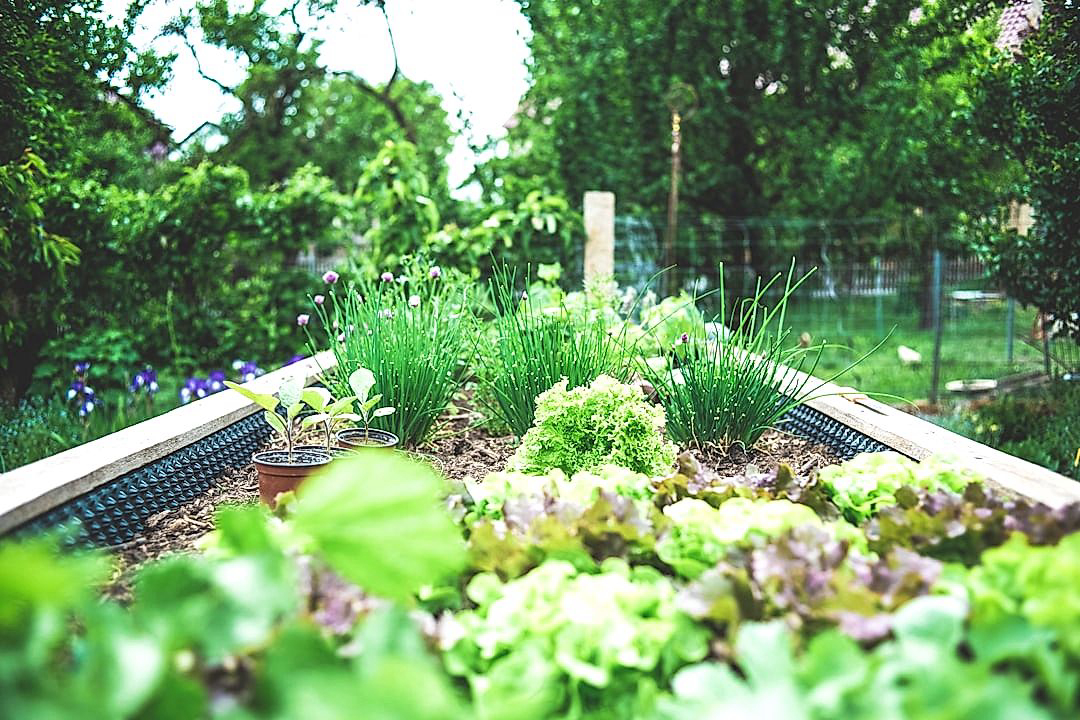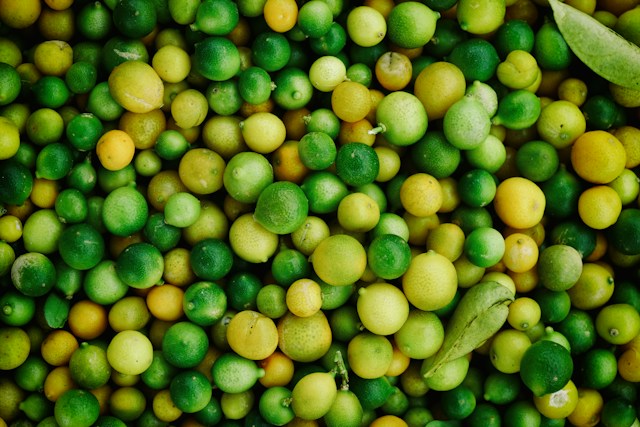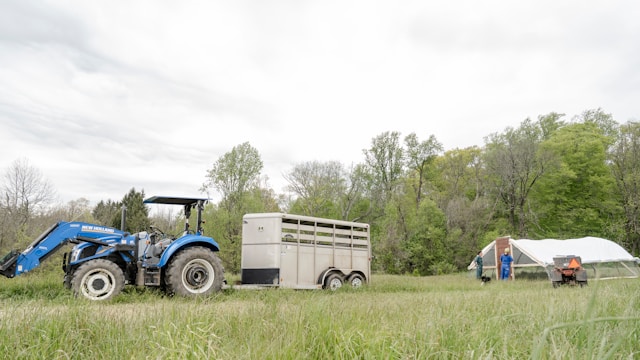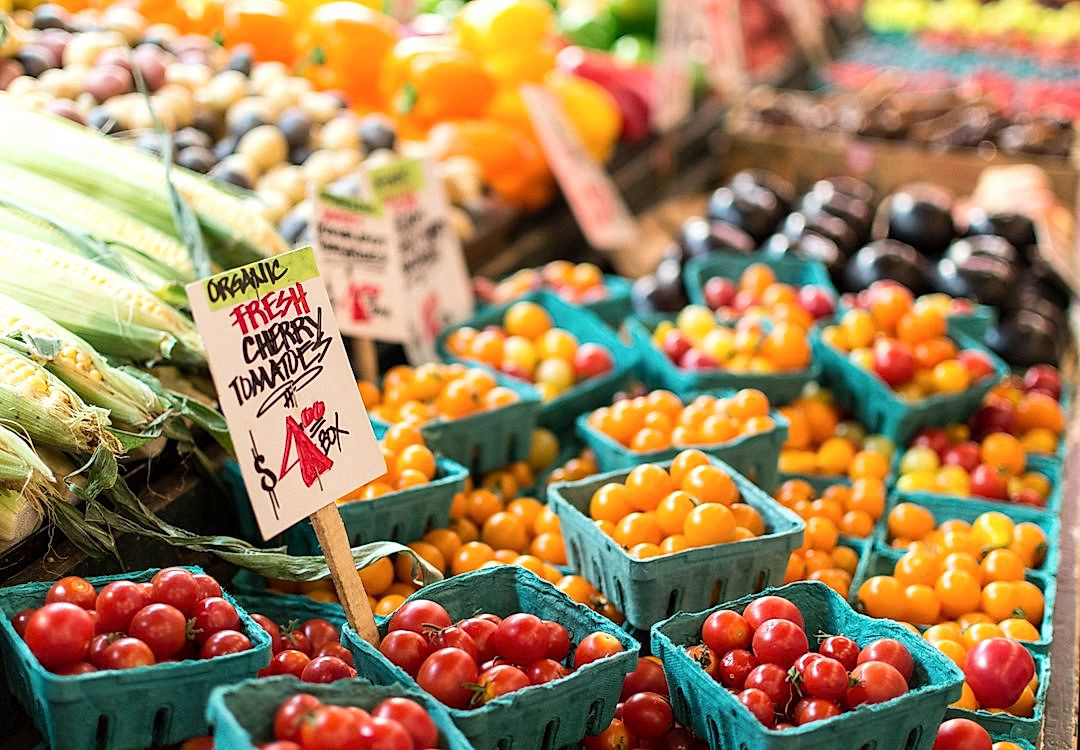As cities expand, the availability of space for gardening becomes increasingly limited.
This has inspired a wave of creativity among urban dwellers passionate about producing their own food.
These innovative projects go beyond traditional gardening, incorporating modern techniques to grow edible produce amidst the concrete jungle.
The following aims to provide an insight into these ground-breaking concepts.
Throughout this piece, you’ll find unique approaches to urban farming, from rooftop gardens to automated indoor systems.
By exploring different urban gardening projects, it is evident there’s potential for everyone to cultivate their own food, regardless of the space constraints.
Contents
Innovative Urban Gardening Projects For Edible Produce
1. Rooftop Gardens for Vegetable and Herb Production
With rapid urbanization, there is a diminishing gap between spaces for living and spaces for sowing.
One innovative solution is the advent of rooftop gardens for the production of vegetables and herbs.
These gardens are not merely a aesthetically pleasing addition to architecture, but also serve a critical function in urban sustainability.
In rooftop gardens, the roofs of city buildings are transformed into fertile grounds, taking urban gardening to new heights.
Rooftop vegetable and herb production harnesses largely unused space to foster food growth and biodiversity.
These gardens are a step closer to the goal of achieving environmental sustainability in urban areas.
They aid in reducing the urban heat island effect, while providing locally sourced food, reducing transportation costs and emissions.
Materializing a rooftop garden begins with an assessment of the site, to understand the weight load capacity, direction of sunlight and wind exposure.
Following the establishment of safety measures, roof topsoil composition is considered, as it should be lightweight yet capable of supporting plant growth.
The rooftop garden is then set up with a waterproof membrane, a drainage layer and a layer of soil.
Residents can grow a variety of vegetables and herbs such as lettuce, tomatoes, basil and thyme, based on the amount of sunlight received.
Rooftop gardens promote a sense of community as they bring together people with common interests in gardening and sustainability.
They also contribute to psychological well-being, providing a tranquil escape from urban life, fresh air and greenery, and a hobby that can yield delicious results.
Rooftop gardens encompass the fusion of urban architectural design and traditional farming, achieving a unique synergy that aids both the environment and the urban populace.
Therefore, the implementation of rooftop gardens for vegetable and herb production are certainly an innovative measure in enhancing urban agriculture.
2. Vertical Wall Farming Systems in City Buildings
With the growing trend of urbanization, the method of Vertical Wall Farming has turned into a breakthrough agricultural technique.
Major cities have started utilizing the vertical spaces of their buildings to cultivate plants, primarily fruits, vegetables, and herbs.
In vertical farming, plants are grown in vertical layers, one above the other, which is an effective solution for space constraints in urban areas.
Vertical Wall Farming Systems is a game-changer for urban agriculture, using city buildings to grow fresh and organic produce.
These systems are usually integrated within the architecture of a city building, turning dull concrete jungles into eco-friendly agricultural spaces.
They not only supply a considerable amount of fresh produce, but also enhance the aesthetic appeal of city buildings.
Besides the production of food, these systems also provide additional environmental benefits, such as reducing the heat island effect.
The heat island effect is a common urban phenomenon where cities’ temperature is significantly higher than the nearby rural areas.
By introducing plants to the facades of buildings, the temperature is naturally regulated which leads to lower energy consumption for air conditioning.
Also, vertical wall farming systems help in improving the air quality of the city by absorbing harmful pollutants and releasing oxygen.
Beyond environmental benefits, these systems have become a symbol of sustainable development and urban resilience to climate change.
Many companies have emerged that not only provide the technology for these systems, they also offer maintenance and harvest support.
Technology advancement like aeroponics and hydroponics are being used in vertical farming to achieve higher yield with lesser resources.
These cultivation techniques don’t require soil and depend on nutrient-rich water solutions, making vertical wall farming possible even in non-arable city spaces.
Thus, vertical wall farming systems offer a feasible and innovative solution for city buildings to contribute to local food production and sustainable urban development.
3. Hydroponic Greenhouses in Urban Abandoned Warehouses
The trend towards urban agriculture has taken a fascinating turn with the advent of hydroponic greenhouses in urban abandoned warehouses.
These projects, commonly referred to as urban farming, seek to repurpose underutilized and neglected buildings into thriving local food sources.
Hydroponics, a method of growing plants without soil but in nutrient solutions, has proven to be an effective technique for these contemporary urban farms.
The technique utilizes space efficiently due to its vertical nature and ensures continued production throughout the year, irrespective of weather conditions.
Moreover, these methods aid in reducing the emission of greenhouse gases as the produce does not need to be transported over long distances.
Abandoned warehouses usually possess a vast amount of space, sufficient lighting conditions, and robust structures, making them ideal for hydroponic facilities.
These warehouses are being transformed into lush, green spaces that contribute not only to the local food supply but also to the urban aesthetic and the revitalization of areas that once had little more to offer than dilapidated and unused structures.
In these greenhouses, a wide variety of vegetables and herbs can be grown, providing a local and sustainable food source for urban communities.
Unlike the traditional farming practices, hydroponic methods do not require the use of pesticides, resulting in healthier and more nutritious produce.
This system also drastically reduces the amount of water required for irrigation, as the same water can be recirculated, making it a water-efficient farming method.
By using hydroponics inside abandoned warehouses, urban agriculture innovators are creating a productive symbiosis between urban living and food production.
The practice not only mitigates food insecurity but also transforms unproductive urban spaces into efficient, income-generating structures.
Among its multiple benefits, these strategies also create local jobs, attract investment, and promote environmental sustainability.
It also encourages community participation and fosters a culture of sustainable living within city dwellers.
Hydroponic greenhouses in abandoned urban warehouses represent a truly innovative solution to several urban challenges, from food security to environmental sustainability, and the efficient use of urban space.
The Bottom Line
As we look towards cultivating a sustainable future, rooftop gardens, vertical wall farming, and hydroponic greenhouses can be instrumental in reshaping urban landscapes.
The exploitation of such unused vertical and horizontal spaces not only contributes to local food security but also mitigates environmental pollution by reducing food miles.
Furthermore, it enhances urban aesthetics while promoting biodiversity.
Urban agriculture practices such as these are a progressive step towards addressing global food security issues, improving sustainability, and contributing positively to our environmental footprint.
Ultimately, incorporating such approaches into urban planning is integral to shaping resilient, green cities of the future.




